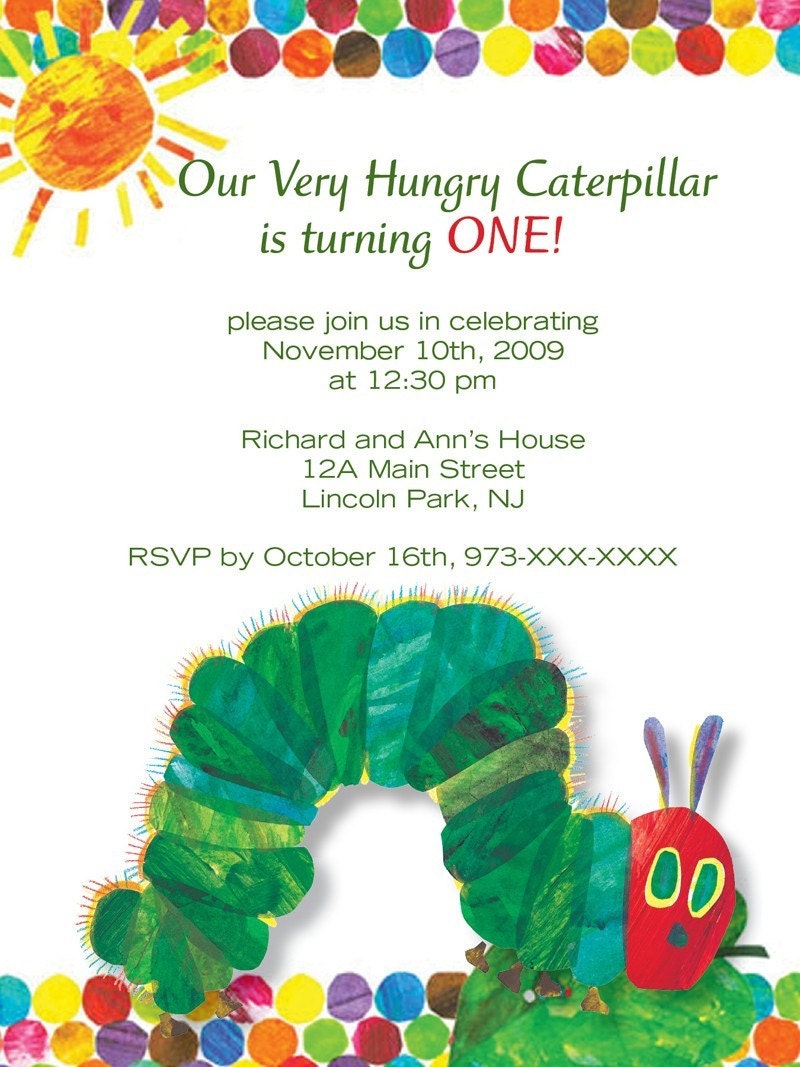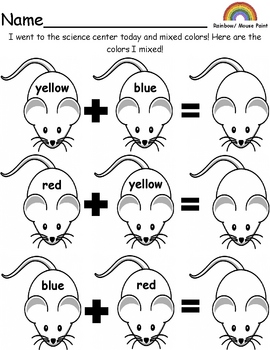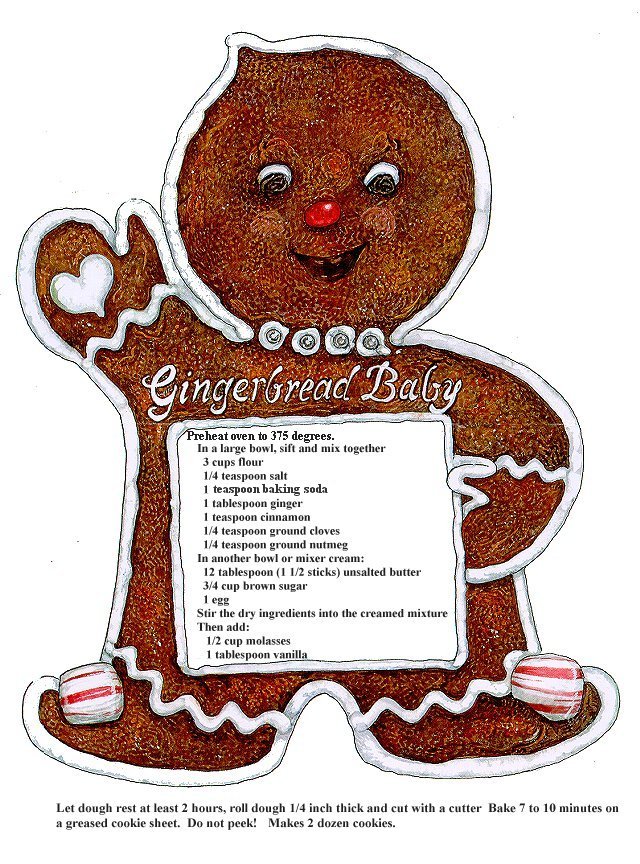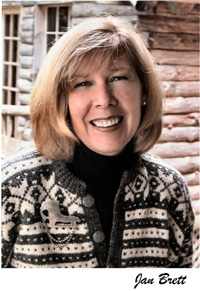Lemon The Duck
Author: Laura Backman
Illustrated By: Lawrence Cleyet-Merle
Genre: Fiction Picture Book, Comedy and Humor
Grade Level: First Grade and up
Theme: Understanding, compassion, teamwork, accepting differences
Summary: This story started as showing a classroom that was hatching eggs in an incubator in their class. They had 4 eggs and the children could hear the ducklings peeping. All of the four ducklings hatched; Peaches, Lemon, Daisy, and Chip Chip. Lemon was different than the other ducklings. She had white on her head and she didn’t stand or stretch out her necks like others. The teacher, Mrs. Lake, called the doctor and he had said that Lemon might just need a little more time. All of the ducklings were growing up... Lemon still could not stand or walk, she would tumble over. Mrs. Lake took Lemon to the doctor, Lemon had a balance problem. The doctor informed the teacher that there were things you could do to make the duck stronger, but she may never walk. The other ducks got to go to a Mr. Web’s lake and Mrs. Lake and her students got to take care of Lemon. They took special care of Lemon and even had a stroller so they could take Lemon for walks and they would give her baths in a bathtub. Lemon was a natural swimmer. They would take Lemon to see her siblings at the lake, but they would loose interest because Lemon could not play like they could. The children however, would give Lemon “oodles” of love. They would hold food behind Lemon to strengthen Lemon. The classroom all thought of ideas to help Lemon stand up. Balloons, pillows, food, etc. Holly, a student in Mrs. Lake’s classroom, spotted a doggy life vest and she brought the vest to school. The children would hold the handles and Lemon could stand and walk. She could now be on her own and get her own food. The children soon learned that Lemon would always need them and they would always need Lemon. This book helps kids understand that just because a person or animal as a handicap it doesn't make them any less of a person/animal. This book also teaches children to show compassion, to look for creative solutions to problems and that being different doesn't mean being less special.
Pre-Reading Activity: This book would go great if you actually had an incubator with eggs waiting to be hatched. This would be a good book to explain if all of the eggs did not hatch or if one chick was different from the rest. Or you could use this book after the eggs were hatched and ask the children, “are any of the chicks different from the others?”
Post-Reading Activity: Wonderful vocabulary in this book:
incubator
oviparous
animals
tuft
pinfeathers
pinfeathers
webbed feet
veterinarian
down
adopted
adopted
waterproof
siblings
oil gland
sling
chorus
flock
oil gland
sling
chorus
flock
Break the children into groups and have them work together to understand the meanings of the words as used in the context.
Here are some “deeper” questions as well:
How would you feel if you were not able to do the things your friends and family could?
How could you help someone who was disabled?
How are individuals with disabilities the same as everyone else?
Having worked with Preschool children so much I couldn’t help but think of these activities either: feather painting and tissue paper eggs
Reflection: This book was brought to my attention during a class when we were discussing disabilities. I immediately fell in love with it. I think it is beautifully written and was even more impressed when I found out it was based on a true story. What a great way to introduce disabilities to children.
About the Author
Laura Backman
This story is actually written about Laura’s experience as a teacher and what happened in her classroom. Her story, Lemon the Duck, is dedicated to her father who passed away from Multiple Sclerosis.


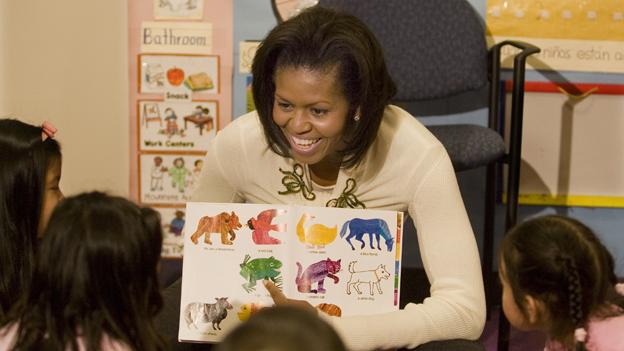
 Found on pinterest.com
Found on pinterest.com  Found on pinterest.com Brown Bear I Spy
Found on pinterest.com Brown Bear I Spy
